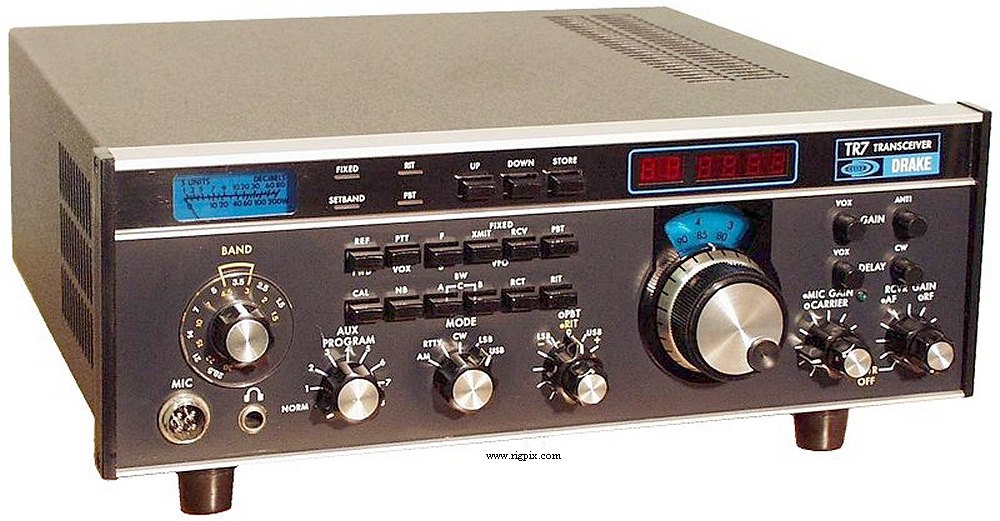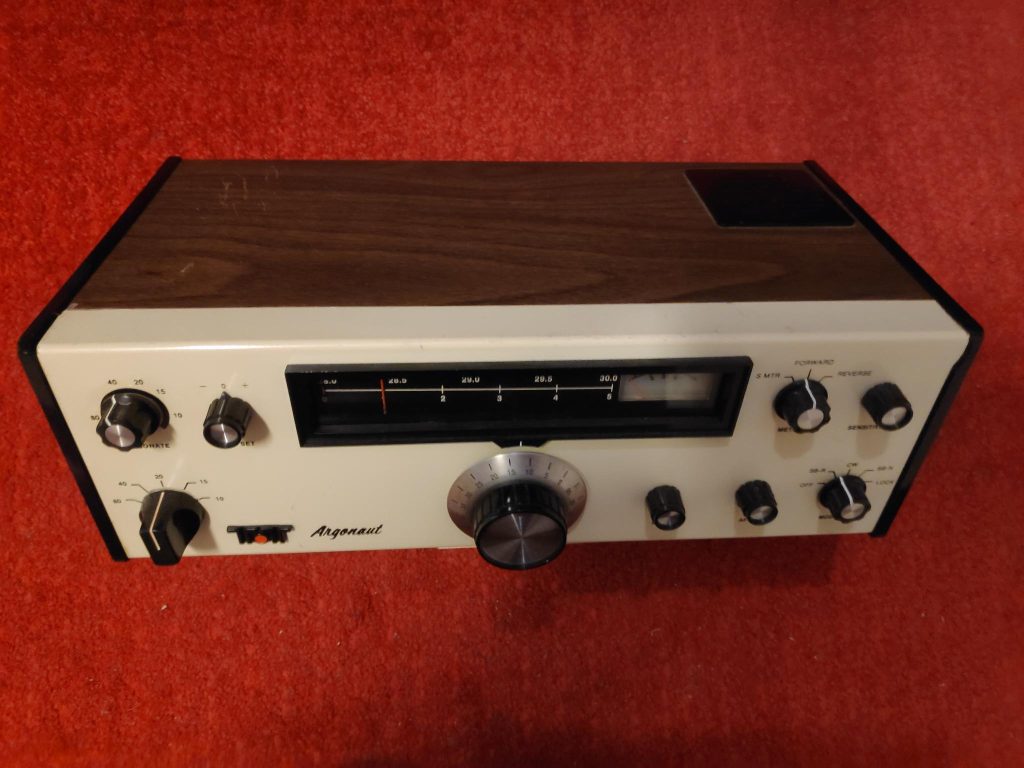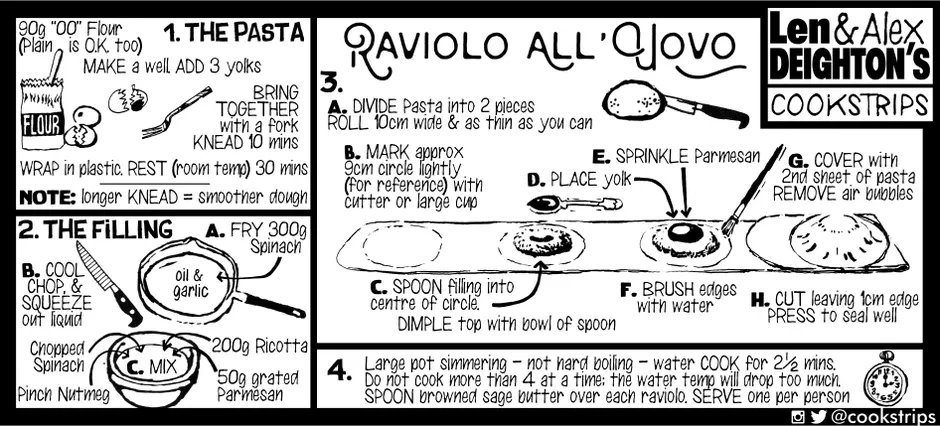
This weblog post is being published on the 140th anniversary of the birth of FDR = Franklin Delano Roosevelt (1882 – 1945), who became the 32nd American president. There will undoubtedly be many other commemorative writings today, although probably less than will be found on this date, in 2032. Many of these will focus on his contributions during the second world war. Some may even mention the paralysis in his legs, at the time attributed to polio.
In this post, I want to focus on FDR and the New Deal, nothing more.
The term new deal was first used by Mark Twain = Samual Clemens (1835 – 1910) in his novel, A Connecticut Yankee in King Arthur’s Court (1889). The work is a satire of -isms, with feudalism and monarchism juxtaposed capitalism and industrialism. Here engineer Hank Morgan is transported back in time, but fails in his quest to modernize and democratize 6th-century England. “. . here I was, in a country where a right to say how the country should be governed was restricted to six persons in each thousand of its population. . . I was become a stockholder in a corporation where nine hundred and ninety-four of the members furnished all the money and did all the work, and the other six elected themselves a permanent board of direction and took all the dividends. It seemed to me that what the nine hundred and ninety-four dupes needed was a new deal.“
The political term New Deal was coined by FDR’s advisor, Stuart Chase, (1888 – 1985), an American economist and social theorist. Chase was influenced by political economist Henry George (1839 – 1897), Norwegian-American economist and sociologist Thorstein Veblen (1857 – 1929), by Fabian socialists, perhaps especially Sidney Webb (1859 – 1947) and Beatrice Webb née Potter (1858 – 1943) and by the Soviet social and educational experiments made in the name of communism around 1930.
I hesitantly suggest that FDR is the greatest American president of the twentieth century. The term greatest is used comparatively, in relation to other presidents. It does not mean that I condone all, or even most, of his actions. His attitude to non-European races was, in general, revolting. In particular, I find the relocation/ internment of Japanese Americans repulsive; his initial support of Nazi Germany repugnant; even his extra-marital relationships were regrettable. Some Norwegians may be surprised to learn that FDR’s son, James, stated that “there is a real possibility that a romantic relationship existed” between his father and Crown Princess Märtha (1901 – 1954) of Sweden/ Norway. Other sources propose/ document many other women.
In many ways, FDR appears better when he is compared with his immediate predecessor Herbert Hoover (1874 – 1964). Indeed, Hoover is usually ranked in the bottom third of American presidents.
Yet, because of my particular interests, Hoover deserves credit for: his mother’s origins in Norwich, Ontario; his Quaker background; his Oregon background; his relationship to Palo Alto, including his Stanford education; his relief work in Belgium and his leadership of the American Relief Administration, which provided food to people in central and eastern Europe; his regulation of radio and air travel; and, his support of standardization, “own your own home”, an eight-hour workday and union membership.
However, Hoover was a racist; an optimist despite multiple economic threats, including a farm crisis, a saturated market for consumer goods, growing income inequality, and excessive stock-market speculation. He was reluctant to regulate banks, a characteristic shared with his predecessor, Calvin Coolidge (1872 – 1933); viewed lack of confidence in the financial system as the fundamental economic problem; avoided direct federal intervention, believed that supporting individuals economically would weaken the country. Instead, he believed that charity and local governments should address these needs.
A year before FDR took office, 1932-02-27, an important piece of legislation was enacted: An Act to Improve the Facilities of the Federal Reserve System for the Service of Commerce, Industry, & Agriculture, to Provide Means for Meeting the Needs of Member Banks in Exceptional Circumstances, & for Other Purposes. With such a long title, it is not surprising that it is referred to as the Glass–Steagall Act. It separated commercial and investment banking, and did much to regulate securities, typically stocks and bonds.
FDR was elected in 1932-11 but took office in 1933-03, at the worst moment of the worst depression in American history. With a total population of about 125 million, one quarter of the workforce was unemployed, farm prices had fallen by 60%, industrial production had fallen by more than half since 1929, two million people were homeless, 32 of the 48 states and the District of Columbia, had closed their banks.
FDR’s presidential program is often referred to as 3-Rs: relief, recovery, and reform. Relief, providing support to tens of millions of unemployed; recovery, normalizing the economy; reform, applying long-term fixes.
The New Deal refers to a series of programs, public work projects, financial reforms, and regulations enacted between 1933 and 1939, as laws passed by Congress as well as presidential executive orders. Regulated areas included the Civilian Conservation Corps (CCC), the Civil Works Administration (CWA), the Farm Security Administration (FSA), the National Industrial Recovery Act of 1933 (NIRA) and the Social Security Administration (SSA). Support was provided for major groups: farmers, the unemployed, youth and the elderly. Banks faced new constraints and safeguards, with a goal of re-inflate the American economy after a sharp fall in prices.
Many historians and others distinguish between a First New Deal (1933–1934) and a Second New Deal (1935–1936).
One of the first items that the First New Deal dealt with was the American banking crisis. This involved the enactment of the Emergency Banking Relief Act of 1933, and the Banking Act of 1933.
On 1933-03-06 the Emergency Banking Relief Act dictated a four-day national banking holiday that kept all banks shut until Congress could act. The federal government inspected all banks, re-open those that were sufficiently solvent, re-organize those that could be saved, and closed those that were beyond repair. FDR gave a fireside chat to explain the situation. Americans returned 1 billion previously withdrawn dollars to banks the following week.
On 1933-06-16, the Banking Act legislated 1) a federal system of bank deposit insurance, that protected most people; 2) the further separation of commercial and investment banking, with restrictions placed on speculative bank activities.
The Federal Emergency Relief Administration (FERA) provided $500 million = over $10 billion in 2022, for relief operations by states and cities. The CWA gave money locally to operate make-work projects in 1933–1934. The Securities Act of 1933 was enacted to prevent future stock market crashes. NIRA set up the National Recovery Administration (NRA) to eliminate cut throat competition by bringing industry, labour and government together to create fair practices codes and set prices. The Supreme Court declared the NRA unconstitutional.
The Second New Deal in 1935–1936 included the National Labor Relations Act to protect labour organizing, the Works Progress Administration (WPA) relief program, which made the federal government the largest employer in USA. The Social Security Act and programs to help tenant farmers and migrant workers, also benefited people. The final major items of New Deal legislation were the creation in 1937 of the United States Housing Authority and the Farm Security Administration (FSA), followed by the Fair Labor Standards Act of 1938, which set maximum hours and minimum wages for most categories of work.
An economic downturn in 1937–1938 led to a split between the American Federation of Labor (AFL) and the Congress of Industrial Organizations (CIO). Only the CIO supported FDR and its membership was open to African Americans. This confrontation allowed Republicans to make gains in Congress in 1938. By 1942–1943, conservatives of both parties had managed to shut down relief programs such as the WPA and the CCC and blocked other proposals.
While African Americans had to deal with the depression, they also faced social ills, such as racism, discrimination and segregation. They typically held the most marginal of jobs. Most unions excluded them from joining. Anti-discrimination laws were often unenforced, especially in the South. The WPA, NYA and CCC relief programs allocated 10% of their budgets to the African American population (who comprised about 10% of the total population, and 20% of the poor). They operated separate all-black units with the same pay and conditions as white units. In general, benefits for minorities were small compared to that received by the European descendent population. FDR appointed an unprecedented number of African Americans to second-level positions in his administration, often referred to as the Black Cabinet.
The New Deal also discriminated against women, by created programs for breadwinners, husbands/ providers, assuming that whole family would benefit. This failed to take into account households headed by women. When the discriminatory aspects of this policy came to light, the government began to modify policies to help women as well.
After the death of FDR, both Republican and Democratic presidents left the New Deal legacy largely intact, even expanding it in some areas. After 1974, however, there was an increasing demand for deregulation of the economy, that gained bipartisan support.
The New Deal regulation of banking was compromised starting in the 1970s when bank regulators began interpreting the Glass–Steagall act (later upheld by courts) that permitted commercial banks to engage in investment banking activities. Even in the 1960s some financial products blurred the distinction between the two areas.
Separately, starting in the 1980s, Congress debated bills to repeal some Glass–Steagall’s provisions. In 1999 Congress passed the Gramm–Leach–Bliley Act, also known as the Financial Services Modernization Act of 1999, that repealed them. Democratic party President Bill Clinton signed it into law.
In 2022, several New Deal programs still remain active. Those operating under their original names include: the Federal Deposit Insurance Corporation (FDIC), the Federal Crop Insurance Corporation (FCIC), the Federal Housing Administration (FHA) and the Tennessee Valley Authority (TVA). The Social Security System and the Securities and Exchange Commission (SEC) are the largest programs still operating.
Ray Allen Billington and Martin Ridge have assessed the Impact of the New Deal, especially in their book, American History After 1865 (1981). Not all economists and economic historians are in agreement.
They contend the New Deal harmed the United States: by increasing federal debt. However, Keynesians counter that the federal deficit between 1933 and 1939 averaged only 3.7% which was not enough to offset the reduction in private sector spending; increased bureaucracy, inefficiency, and enlarged the federal government; slowed civil service reform; reduced opportunities of businesses to engage in free enterprise. New Left critics point out that it also squandered an opportunity to nationalize banking, railroads and other industries. They also criticize it for doing too little for minorities.
Neutral effects include a stimulation of class consciousness among farmers and workers; and brought to prominence economic regulation issues, especially where these came in conflict with personal liberties.
Billington and Ridge find the most beneficial aspect of the New Deal, is that it allowed the US to survive the depression without undermining its capitalist system. They also claim that the capitalist system, and the banking system in particular, became more beneficial by enacting banking and stock market regulations; created better income balance between labour in agriculture and industry; distributed wealth more equitably; conserved natural resources; and, established a precedence for the national government taking action to rehabilitate and preserve America’s human resources.
From my increasingly European economic perspective, Americans have through the past almost ninety years diluted the New Deal. Governments, of whatever colour, increasingly expect ordinary citizens to subject themselves to market forces, but exempt large corporations, especially banks, resulting in capitalism for individuals and families, but socialism for corporations. I do not believe that this was FDR’s vision.








